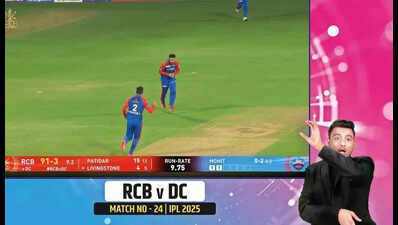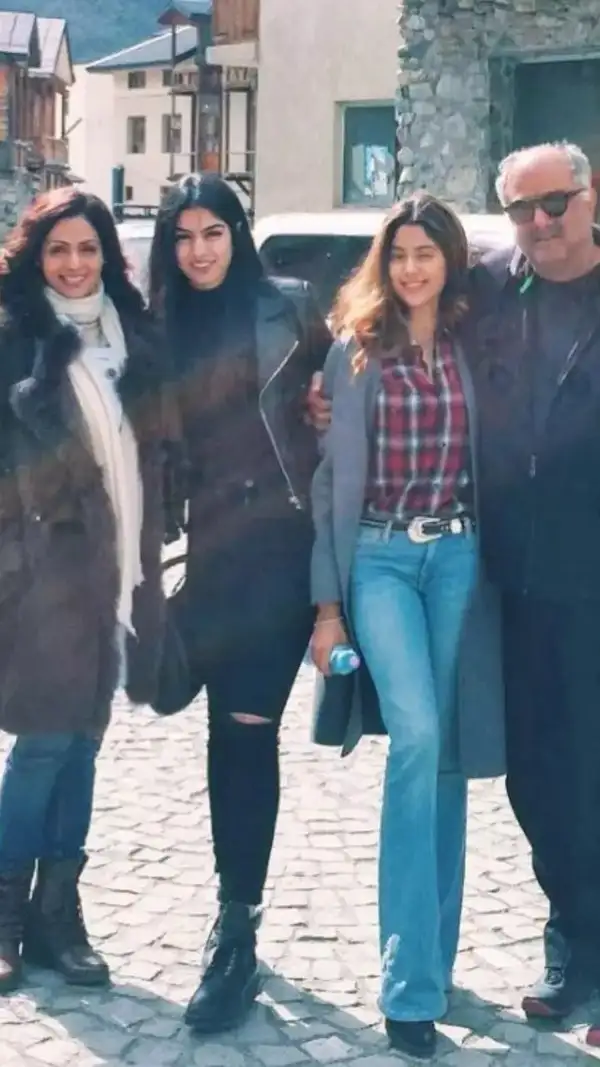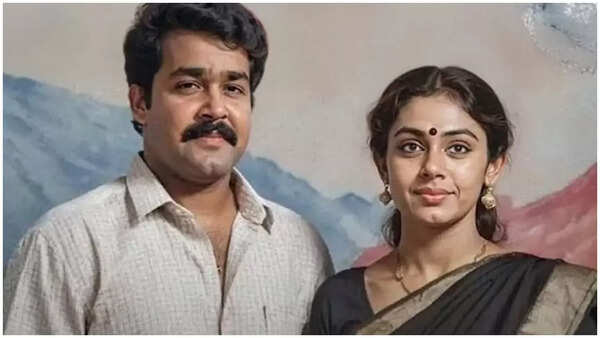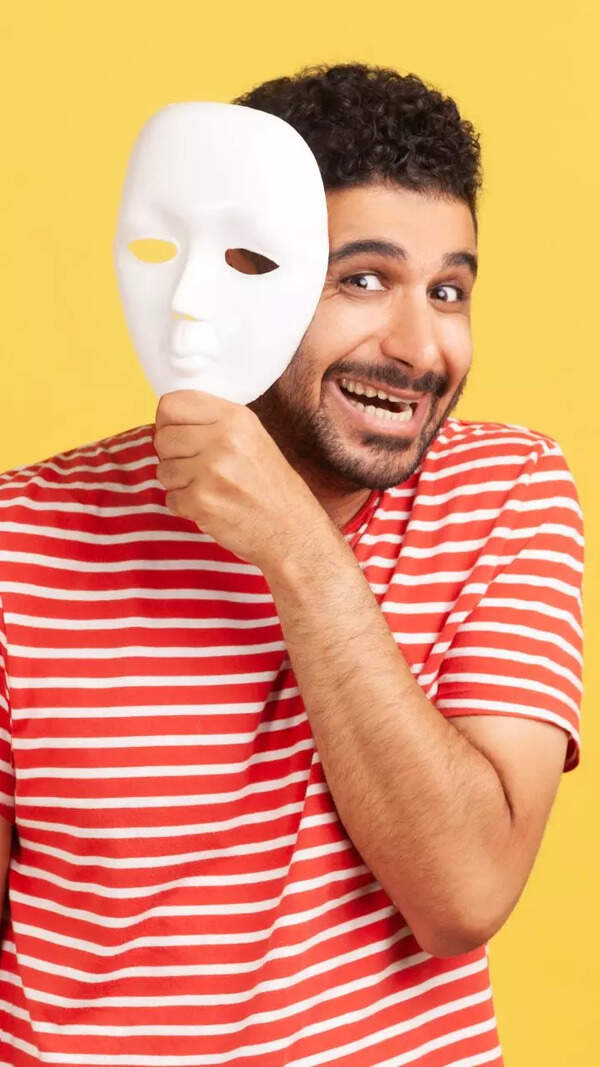- News
- Sign language brings IPL commentary to deaf fans
Sign language brings IPL commentary to deaf fans
At 20 runs, when Rajasthan Royals skipper Sanju Samson launched the ball high into the night sky at Delhi's Arun Jaitley Stadium, a man seated in an office in Mumbai looked up at the ceiling. His eyes traced the ball's arc. Then, suddenly, his jaw dropped. Ashutosh Sharma missed the catch.
The man shook his head and flicked both hands in resignation, echoing the commentator's dismay at the Delhi Capitals' missed opportunity. Later, as Samson hobbled after reaching 31 runs, the man grimaced, pressed his rib cage, and tapped his chin with his left index finger, conveying the injury that forced the batsman to retire hurt mid-innings on April 16.
Welcome to the second season of IPL's Indian Sign Language (ISL) interpretation—a game-changing initiative making cricket accessible to the country's 63-million-strong Deaf population. After a successful debut last year, India Signing Hands (ISH) partnered once again with a major sports broadcaster to bring ISL interpretation alongside the regular match commentary.
The idea came from a visceral place. "I was born Deaf," says ISH founder and avid cricket fan Alok Kejriwal, who watched a lot of cricket with his hearing family as a kid. "But our viewing experiences were very different," says Kejriwal.
Keen to bring the elusive sounds and nuances of cricket to droves of fellow fans in the Deaf community, Kejriwal wrote to the BCCI last year, advocating for the need to add ISL interpretation during cricket coverage. The BCCI connected him to the production team for IPL.
"T20 matches typically last four to five hours. For an ISL interpreter to translate anything for such a long stretch in real-time and on live television, is extremely challenging," says Kejriwal. To prepare, his non-profit trained some of "the best ISL interpreters in the country" for two weeks before the tournament began.
Mansi Shah—known in the Deaf community as a CODA (Child of Deaf Adults)—was one of them. "I have been interpreting for my parents for as long as I can remember. So, becoming a professional interpreter was a choice that felt natural to me. However, interpreting cricket commentary for millions of people on live TV is a different ball game altogether," says Shah.
"I was never really a big cricket fan before I was associated with this commentary, so my familiarity with cricket and cricketing jargon was very limited," says Shah, whose team of interpreters worked very closely with Deaf experts weeks before the matches started.
Citing cricketing terms that didn't have ISL equivalents like reverse sweep, cover drive, and switch hit, she says: "If we just translated the words, they wouldn't make sense. So we collaborated with Deaf cricketers playing at the state, national, and international levels to create new signs that emulated the physical motions of the shots," adds Shah.
The response was reassuring. "For many, this was their first exposure to ISL," says Kejriwal, recalling that the ISH was flooded with video messages from the Deaf community showing themselves enjoying IPL with their friends and family.
In its second year, sign language interpretation of IPL made its OTT debut this season. Choose ISL as your language option and watch the interpreters on the bottom right accentuate every moment with the ardency of a diehard fan.
Though interpreters don't travel to matches, Shah got a chance to meet cricketing legends like Sunil Gavaskar, Irrfan Pathan, and Matthew Hayden last year on the commentary panel. "As IPL gets bigger year-on-year, this initiative will be a definitive case study for other sports organisers and broadcasters," predicts Shah.
The prophecy is already coming true. "This initiative helped push the ministry of Information & Broadcasting to amend guidelines on media accessibility," says Kejriwal.
End of Article
Follow Us On Social Media










